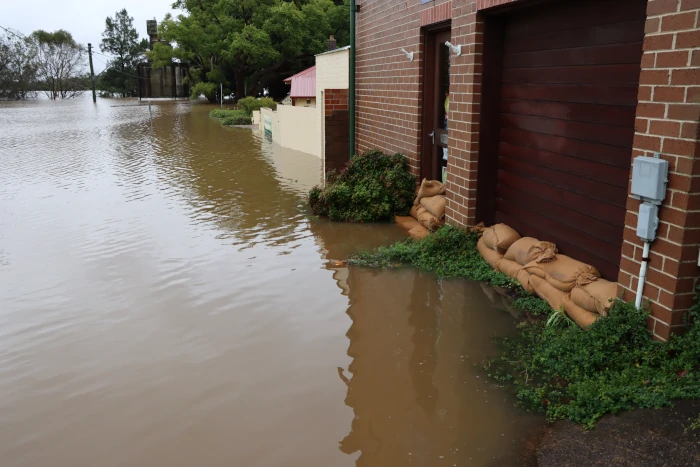
Storing Baby Formula in Mylar Bags
As a prepper, you understand the importance of being prepared for any situation. When it comes to ensuring that your baby’s nutritional needs are met

When disaster strikes, having the right tools and knowledge can make all the difference in protecting your property and loved ones. Sandbags are one such tool that can be your key to disaster resilience. In this article, we’ll delve into the art of mastering sandbag tactics and explore how they can be your ultimate defense in times of crisis.
Disasters can happen at any time, and being prepared is the first step to resilience. Sandbags are an essential component of emergency preparedness, and knowing how to use them effectively can save you from extensive damage. Whether you’re facing heavy rains, flooding, or any situation that threatens your property, sandbags can be your frontline defense.
Not all sandbags are created equal. To master sandbag tactics, start by selecting the right type of sandbags. Look for durable bags made from materials like polypyrene or burlap. These materials are sturdy and can withstand the rigors of emergency situations. Remember, quality matters when it comes to disaster resilience.
The effectiveness of sandbags relies on how they are filled and placed. Properly filled sandbags should be neither too loose nor too compact. Fill them about two-thirds full, leaving enough room for them to mold into each other when stacked. This ensures a solid and stable barrier against water or erosion.
Knowing where and how to place sandbags is crucial. In flood situations, stack the sandbags in a pyramid shape with a wide base, and be sure to overlap the bags to create a strong and continuous barrier. Additionally, place sandbags strategically around vulnerable areas, such as doorways and low-lying sections of your property.
Sandbags need to be securely tied or sealed to prevent water from seeping through. Use cable ties or twist ties to tightly close the open end of the sandbag. This step is essential for maintaining the integrity of your barrier.
Disaster resilience doesn’t end once the sandbags are in place. Regularly monitor their condition and adjust them as needed. Replace damaged or deteriorating sandbags promptly to ensure your protection remains intact.
While sandbags are a lifeline during emergencies, they have creative uses beyond disaster resilience. Consider repurposing them in your garden for erosion control or creating temporary seating arrangements during outdoor gatherings.
Mastering sandbag tactics is not just about knowing how to stack bags; it’s about being prepared, selecting the right materials, and understanding the importance of proper placement and maintenance. Sandbags are your key to disaster resilience, providing a tangible barrier between your property and potential disasters.
Remember, disasters can strike when you least expect them. By mastering sandbag tactics and incorporating them into your emergency preparedness plan, you’ll be better equipped to protect what matters most when it matters most. Stay safe, stay prepared, and embrace the power of sandbags as your first line of defense against adversity.
Check out our Sandbags

As a prepper, you understand the importance of being prepared for any situation. When it comes to ensuring that your baby’s nutritional needs are met

If you’re a fan of probiotic-rich foods, you’ve probably heard of kefir. This tangy, fermented drink is packed with beneficial bacteria and yeast, making it

Making your own butter at home is a rewarding and surprisingly simple process. With just a few basic ingredients and tools, you can create rich,